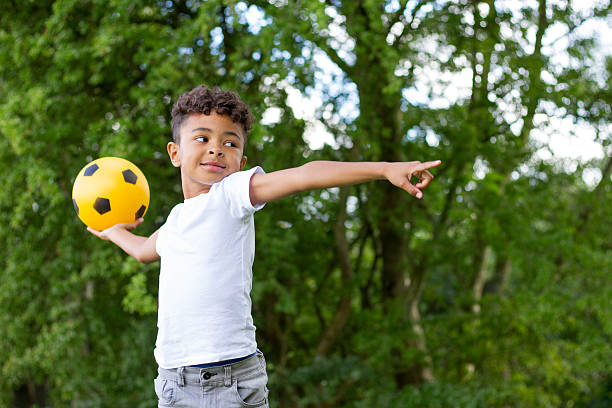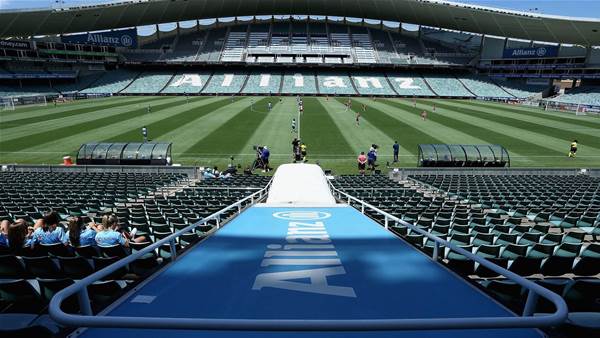General Rules of Pole Climbing
When it comes to pole climbing, there are certain guidelines that should be followed to guarantee a successful and safe experience. You may find that mastering these rules can greatly enhance your performance and overall enjoyment of this activity. Remember, attention to detail is key in this adventurous pursuit. So, let's begin by exploring the fundamental principles that govern the art of pole climbing and set the stage for your journey to new heights.
Essential Equipment for Pole Climbing
When pole climbing, you'll need the right gear to guarantee your safety and efficiency. Harnesses play an important role in keeping you secure while climbing. There are several types of harnesses to choose from, such as sit harnesses, chest harnesses, and full-body harnesses. Sit harnesses are popular for pole climbing as they provide support while allowing freedom of movement. Chest harnesses can be used in conjunction with sit harnesses for added security, especially when climbing tall poles. Full-body harnesses offer the most protection and are recommended for beginners or those climbing challenging poles.
Climbing shoes are another essential piece of equipment for pole climbing. These specialized shoes provide grip and stability on the pole, preventing slips and ensuring a firm foothold. Look for climbing shoes with a sticky rubber sole that offers excellent traction. Additionally, climbing shoes should fit snugly to provide maximum support and precision while climbing. Properly fitting climbing shoes will enhance your performance and confidence when ascending poles.
Investing in the right harness and climbing shoes is important for a successful pole climbing experience. These pieces of equipment not only guarantee your safety but also contribute to your overall efficiency and enjoyment while climbing. Remember, having the proper gear can make a significant difference in your pole climbing journey.
Proper Body Alignment and Posture
To achieve best performance and prevent injuries while pole climbing, maintaining proper body alignment and posture is essential. Correct technique is vital in ensuring that your muscles engage effectively, allowing you to climb efficiently and with minimal strain on your body. When climbing the pole, focus on keeping your body in a straight line from head to toe. Avoid arching your back or leaning too far forward, as this can lead to unnecessary stress on your spine and shoulders.
Make sure that your shoulders are relaxed and down, rather than hunched up towards your ears. This posture will help you engage the muscles in your upper body more effectively, allowing for better control and stability as you ascend the pole. Keep your core muscles engaged throughout the climb to provide support for your spine and improve overall balance.
Remember to breathe deeply and rhythmically as you climb, as this will help oxygenate your muscles and improve your endurance. Proper body alignment and posture are not only important for performance but also for preventing injuries that may occur due to poor form. By focusing on correct technique and muscle engagement, you can make your pole climbing experience safer and more effective.
Techniques for Efficient Ascent
For a smooth and effective ascent up the pole, focus on utilizing your leg strength and pushing off with controlled movements. To climb efficiently, follow these essential techniques:
- Engage Your Grip Strength: While your legs are important for propelling you upward, your grip strength plays a significant role in maintaining a secure hold on the pole. Make sure you have a firm grip by wrapping your hands around the pole and squeezing tightly. This will help you feel more stable and confident as you ascend.
- Utilize Speed and Agility: Incorporating speed and agility into your climbing technique can make the ascent smoother and more efficient. Try to move swiftly but deliberately, avoiding jerky movements that can waste energy. By maintaining a steady pace and using your agility to find the most effective path up the pole, you'll reach the top in no time.
- Focus on Controlled Movements: Rather than rushing your way up the pole, concentrate on controlled movements that maximize your strength and efficiency. Push off with purpose, using your legs to propel yourself upward while maintaining a steady grip with your hands. By staying in control of each movement, you'll climb with ease and grace.
Safety Measures and Precautions
Prioritize your safety by implementing essential measures and precautions when engaging in pole climbing activities. Before starting your climb, it is important to warm up your muscles to prevent injuries. A proper warm-up increases blood flow to your muscles, making them more flexible and less prone to strains or sprains during the climb. Spend a few minutes doing dynamic stretches and movements to prepare your body for the physical demands of pole climbing.
One of the most common mistakes climbers make is neglecting to check their equipment thoroughly before climbing. Always inspect the pole, harness, and any other gear for any signs of wear and tear that could compromise your safety. It is also important to make sure that the pole is securely anchored and can support your weight before starting your ascent.
Another common mistake is rushing the climb without evaluating the environment properly. Take the time to survey the area for any obstacles or hazards that could interfere with your climb. Clear the space around the pole to avoid any potential accidents or obstructions during your ascent.
Advanced Tips for Experienced Climbers
When tackling more challenging climbs, experienced climbers should focus on refining their technique and increasing their efficiency to overcome obstacles with greater ease. As you venture into more advanced routes, incorporating specialized skills and training methods will be key to your success. Here are three tips to help you elevate your pole climbing game:
- Master Advanced Techniques: To conquer challenging routes, consider mastering techniques such as the figure-4, where you hook your leg over your arm to gain stability and reach. Additionally, practice the flag move to navigate around obstacles with finesse and grace.
- Engage in Strength Training: Building upper body and core strength is important for tackling demanding climbs. Incorporate exercises like pull-ups, planks, and shoulder presses into your routine to enhance your muscle power and endurance.
- Focus on Endurance Building: Endurance is important for sustained performance on long and strenuous climbs. Include cardio workouts like running or cycling to improve your overall stamina. Interval training can also help simulate the intensity of pole climbing, preparing you for the challenges of challenging ascents.
Frequently Asked Questions
What Are Some Common Mistakes to Avoid While Pole Climbing?
When pole climbing, remember to maintain proper technique and check your equipment regularly. Avoid rushing or overlooking safety measures. Stay focused and mindful of your movements to prevent accidents and guarantee a successful climb.
How Do Weather Conditions Affect Pole Climbing?
When climbing poles, weather conditions greatly impact safety precautions. Guarantee equipment maintenance is excellent. Before ascending, assess for risks like slippery surfaces or strong winds. Stay vigilant and heed warnings for a secure climb.
Are There Any Specific Exercises That Can Help Improve Pole Climbing Skills?
To boost your pole climbing skills, focus on strength training for endurance building. Refine your technique and tackle grip strength exercises. Rome wasn't built in a day, so consistency is key to progress.
What Should a Climber Do in Case of an Emergency While on a Pole?
If you face an emergency while on a pole, remember to stay calm and assess the situation. Prioritize safety precautions and call for help if needed. Your well-being comes first, so always be prepared for any unexpected situations.
How Can Someone Overcome a Fear of Heights When Pole Climbing?
To conquer your fear of heights while pole climbing, try visualization techniques and breathing exercises. Gradually expose yourself to heights through practice. Repeat positive affirmations to boost confidence. You can overcome this fear.






